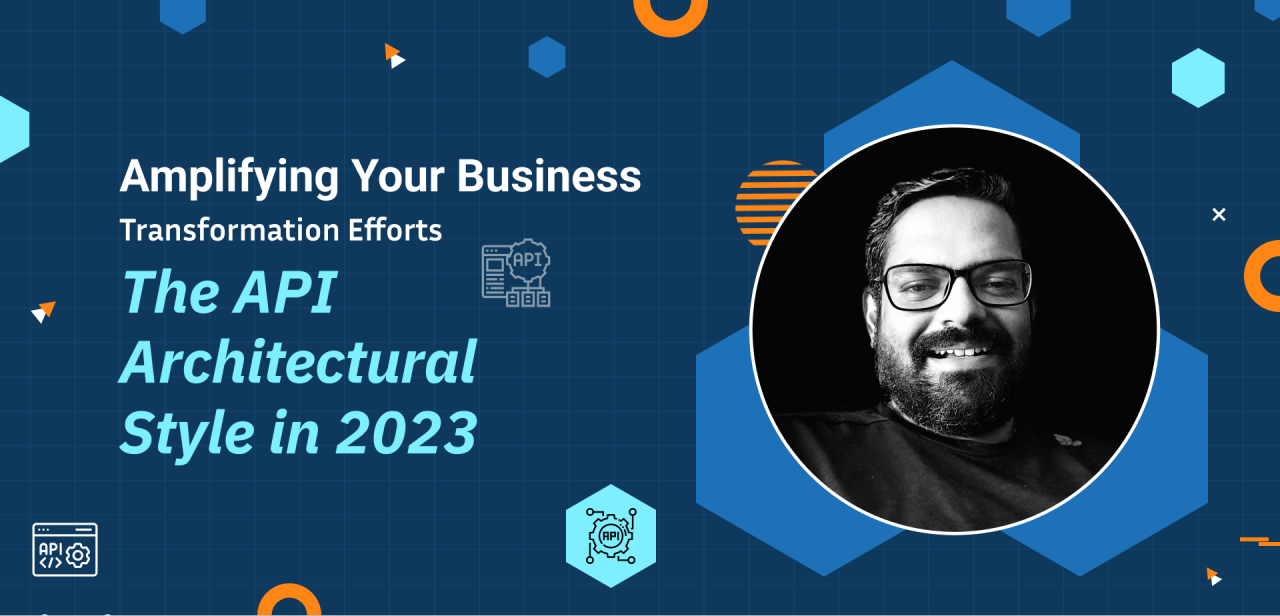
Navigating the API Landscape: The Top 8 API Architectural Styles in 2023
Harikrishna Patel
Certified Digital Transformation Consultant | Technical Project Manager | Business Process Consultant | Certified Solution Architecture | Data Analyst
Introduction
APIs, or Application Programming Interfaces, form the bedrock of modern software interactivity. They enable communication between different software components, acting as a set of rules and protocols for how these components should interact. With the increasingly complex nature of today's digital landscape, the architectural style of an API plays a vital role in shaping the functionality, efficiency, and usability of digital services. This article will delve into the top eight API architectural styles - SOAP, REST, GraphQL, gRPC, WebSocket, WebHook, MQTT, and AMQP, providing an in-depth understanding of each style, their pros and cons, and the ideal applications for them.
SOAP (Simple Object Access Protocol)
SOAP is a protocol that allows programs running on disparate operating systems to communicate using HTTP and XML. It is independent of the platform, meaning it can be used across any programming language, making it versatile.
Example: Salesforce, a widely used CRM software, uses SOAP APIs extensively for their web services.
Pros:
Cons:
REST (Representational State Transfer)
REST is an architectural style that uses HTTP protocol methods. It is stateless, meaning each HTTP request from the client to the server must contain all the information needed to understand and fulfill the request.
Example: Twitter's API, a widely used public API, is based on the RESTful architecture.
Pros:
Cons:
GraphQL
GraphQL is an open-source data query and manipulation language for APIs. It allows clients to specify the structure of the data needed, enabling servers to return precisely the data clients want to see.
Example: GitHub's API v4 is built on GraphQL.
Pros:
Cons:
gRPC (Google Remote Procedure Call)
gRPC is a high-performance, open-source framework. It uses Protocol Buffers (protobuf) as its interface definition language, allowing it to serialize structured data.
Example: Netflix uses gRPC due to its superior performance in microservices communication.
Pros:
Cons:
领英推荐
WebSocket
WebSocket is a protocol providing full-duplex communications channels over a single TCP connection. It allows servers to push real-time updates to clients, making it ideal for chat apps, real-time gaming, and live feeds.
Example: WhatsApp Web uses WebSockets for real-time message delivery.
Pros:
Cons:
WebHook
WebHooks are "user-defined HTTP callbacks." They provide a mechanism for notifying applications or services about specific events.
Example: Stripe uses WebHooks to notify customers about changes in invoice status.
Pros:
Cons:
MQTT (Message Queuing Telemetry Transport)
MQTT is a publish/subscribe, extremely simple and lightweight messaging protocol. It's designed for constrained devices and low-bandwidth, high-latency networks.
Example: Facebook Messenger uses MQTT for its mobile app to achieve real-time messaging.
Pros:
Cons:
AMQP (Advanced Message Queuing Protocol)
AMQP is a standard for message-oriented middleware. It offers features like message orientation, queuing, routing, reliability, and security.
Example: RabbitMQ, a popular message broker, implements the AMQP.
Pros:
Cons:
Conclusion:
Selecting the right API architectural style is not a decision to be taken lightly. The style you choose can have significant implications for the success of your application. It is fundamental to the application's speed, efficiency, security, and scalability. Each architectural style, be it SOAP, REST, GraphQL, gRPC, WebSocket, WebHook, MQTT, or AMQP, comes with its unique set of capabilities and considerations.
SOAP, with its strong security standards, is ideal for complex enterprise environments that need a high level of security and transactional requirements. REST, on the other hand, stands out for its simplicity and scalability, making it the perfect choice for public APIs serving mobile and browser clients. GraphQL can be a powerful tool when the application needs to gather data from various resources efficiently, while gRPC is the go-to choice when speed and performance are critical.
WebSocket shines when real-time communication is needed, and WebHook is a straightforward way to enable applications to react to events. MQTT, with its efficiency and reliability, makes it the ideal choice for IoT applications, especially in unreliable networks. AMQP, despite its complexity, provides robust features necessary for applications requiring complex messaging patterns.
The key to choosing the right API architectural style is to understand your application's specific needs, the environment it will operate in, and the problems it needs to solve. Each style has its strengths and drawbacks, and no single style will be the perfect fit for every scenario. The success of an application often hinges on the developer's ability to pick the most fitting architectural style. So, analyze your requirements, understand the pros and cons of each style, and make an informed decision that aligns with your strategic objectives and end-user needs. It's all about finding the balance that fits best with your specific application and requirements.
Great insights, Harikrishna Patel! Understanding the specific needs of our application and the environment it operates in is indeed crucial when selecting the right API architectural style. Each style has its strengths and drawbacks, and your reminder to analyze our requirements and consider the pros and cons of each style is spot on. Making an informed decision that aligns with our strategic objectives and end-user needs is the key to application success. Thank you for sharing this valuable advice! #API #applicationarchitecture #codingtips
Great post, Harikrishna Patel! You're absolutely right- choosing the right API architectural style does require a deep understanding of specific needs and environment. It's a critical decision that can greatly impact an application's success. I believe finding the perfect balance between different styles leads to powerful and efficient solutions. #APIArchitecturalStyles #DataAnalysis #DigitalTransformation